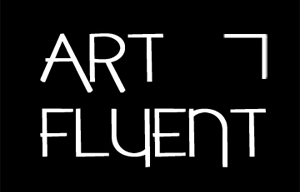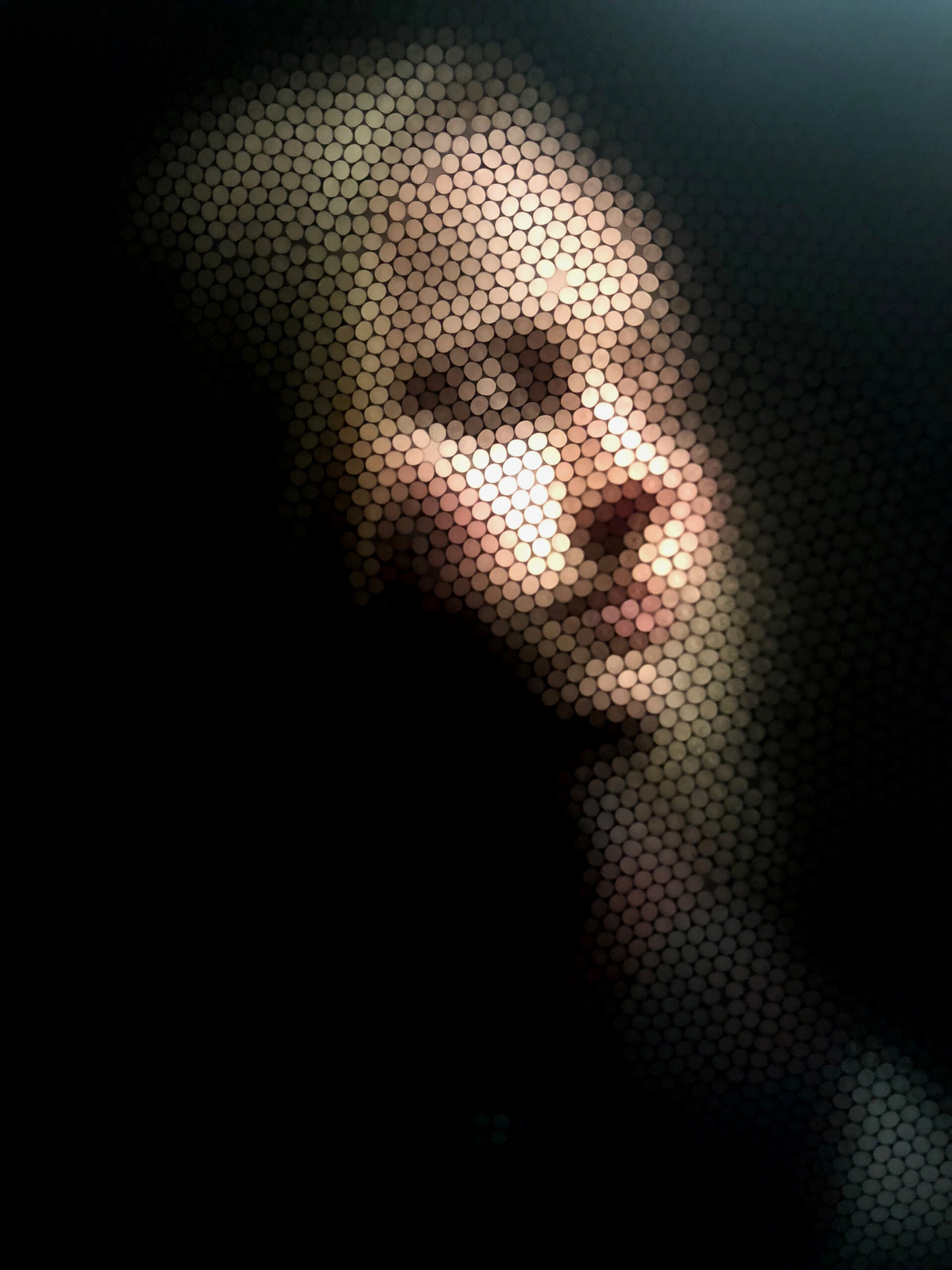
-Jim, we'd love to hear your story and how you got to where you are today, both personally and as an artist.
From general to specific:
General: There are two things that helped me get to this place in my life: First: silence. I spend 20-30 minutes every day, in silence, eyes closed, with nothing but my thoughts. In this silence, ideas and images appear. I “see” things, then make them. I don’t know where they come from. But I see them in my head and then run through them over and over until I know what to do. If I don’t know what to do, I file the idea away and then come back to it days, weeks, months or years later. And then make them when I figure it out. Second: Permission. A work friend was helping me figure out how to light a location, which I was struggling with. He said, “Don’t think about why you can’t get the light where you want it. Just tell me where you want the light. We’ll figure out how to get it there.” With this permission to free myself from restrictions and limitations I am able to do what I do. If I can think it, I can make it, or make something in the spirit of what I’m thinking. There are no limitations. If I can think it, it can exist. Sometimes things exist only in my imagination. And that’s ok. It’s a form of existence.
Specific: I took a Film Comedy class in college for fun. I had taken all of my required classes by 2nd semester senior year and had the option of four electives. It turned out to be a very serious class about film, filmmaking and film makers. This class changed my life. I went on to work in business for 4.5 years after this, all the while, making Super8 films and painting and sculpting. Later, I left the business world and worked in the film industry, where I have worked with light and electricity for over 30 years. During this time I have met many amazing and creative people, who have influenced and helped me find my way. I am always working on multiple projects and ideas. It never stops. Sometimes it’s overwhelming. I have taken to making sure I go for a hike and swim in nature once a week. And, recently, I have started curating for a gallery near where I live in New York City. This gives me the opportunity to meet artists and have like-minded discussions, which reinvigorate me. I am always learning new things and being amazed by what other people do and think.
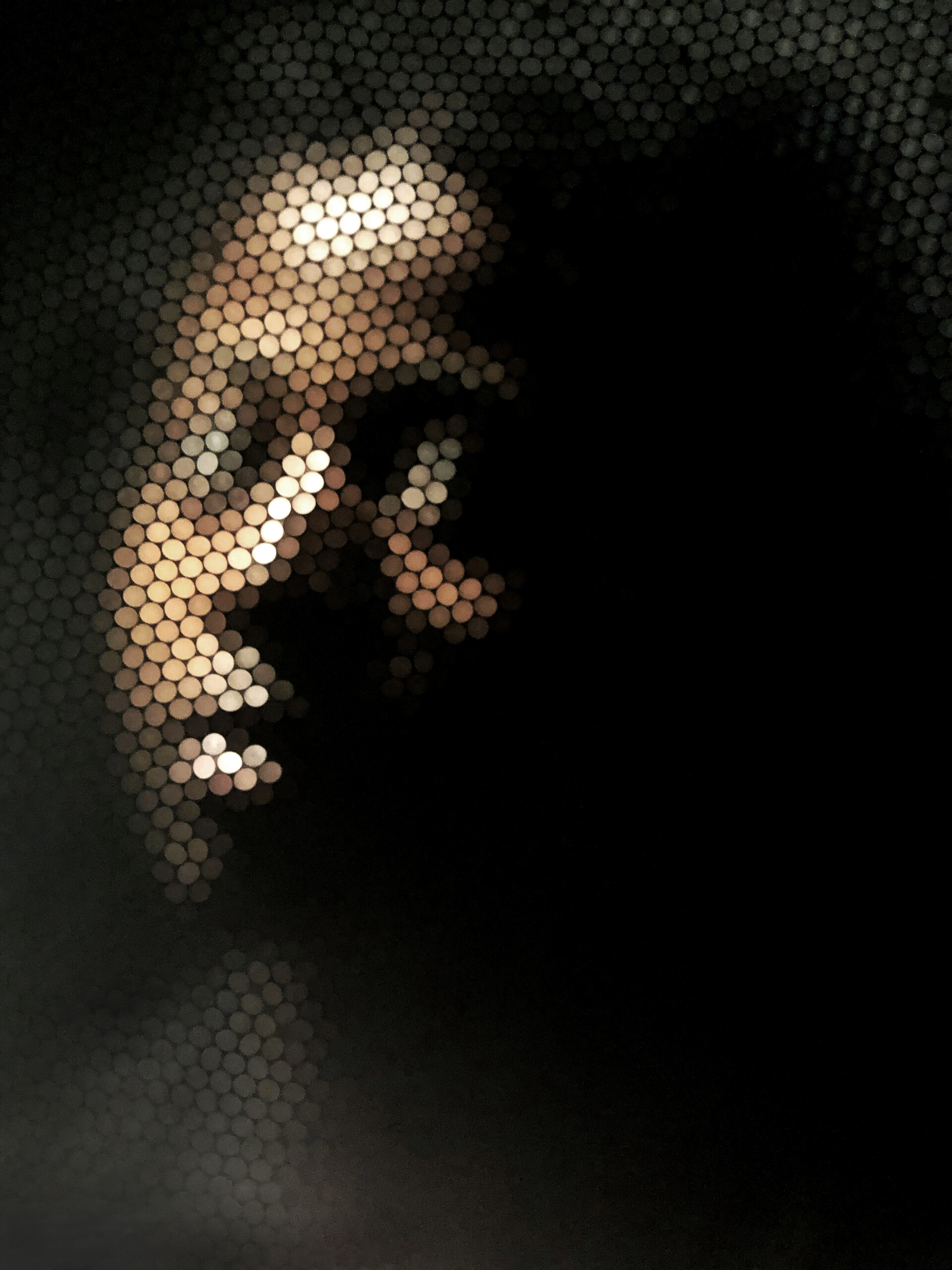
-Can you explain the concept behind your straw camera portraits? What inspired you to start creating art using this unique medium?
I learned that someone was making a straw camera in 2018. I was curious about it, and made one. I think that my general curiosity was the driving force. I am a curious person. I am interested in many things and happy to go out of my way to learn about them. The idea behind making and using the straw camera was and is to see things in new ways. There are some constraints in using this device. For example, the depth of field (focal plane) of the straw camera is about a quarter of an inch. So the subject has to be right up against the subject end of the camera. This determines how I light the subject. Initially I only used this camera in the studio, as I have to create a black box at the viewing end. Light leaking into the viewing end diminishes the quality of the results. Using this camera, I have learned to see people in new and wonderful ways. I find it very exciting. I never know what I’m going to get until I make the image and see it.

-What role does natural light play in your photography? Your portfolio demonstrates your brilliant command of light in various contexts. How does it contribute to the unique atmosphere of your straw camera portraits?
I have thought about and worked with light for about 35 years. I am often quite amazed at the way light describes the surfaces of people, places and things. I often use lighting instruments to create these descriptions. It is often as much the taking away of light, or adjusting the quality of it, that creates the desired effect. Sometimes doing something counterintuitive is just the right thing. Always, it is being open to what the situation is, using instinct and trying to see what is there and what could be there. Being open is important. More than once a light will turn on, pointed away from set and it does something that I never would have thought to do, and I use it in the shot.
It is interesting that you ask this question about lighting. Up until a couple of weeks ago I always lit my straw camera portraits with studio lighting instruments. However, I have wanted to take the straw camera on location for quite a while, and so, I recently made a snoot for the camera to darken the viewing side, so I could do just that. Now, on location, I can photograph someone in their own environment and take advantage of what is already existing there. This frees me from having to create the light and gives me opportunities I never would have had. It also incorporates aspects of the subjects home and life into the portrait, making it more resonant. On this most recent shoot I set up the straw camera on the back porch. It was hot and I had to be under a black curtain to darken the viewing end of the camera. And I had someone holding a black background behind the subject, which was hot and tiring. I made a few images and then had the background opened up to reveal an aqua fence, which became part of the background of the next bunch of images I made, providing color and texture. Then, wandering around the house, I opened the purple front door, and we made a bunch of very interesting images there, with a purple background and purple light bouncing off the door and coloring the shot. So now there are all kinds of new possibilities to be discovered with the new opportunities of photographing people in their homes or on location.
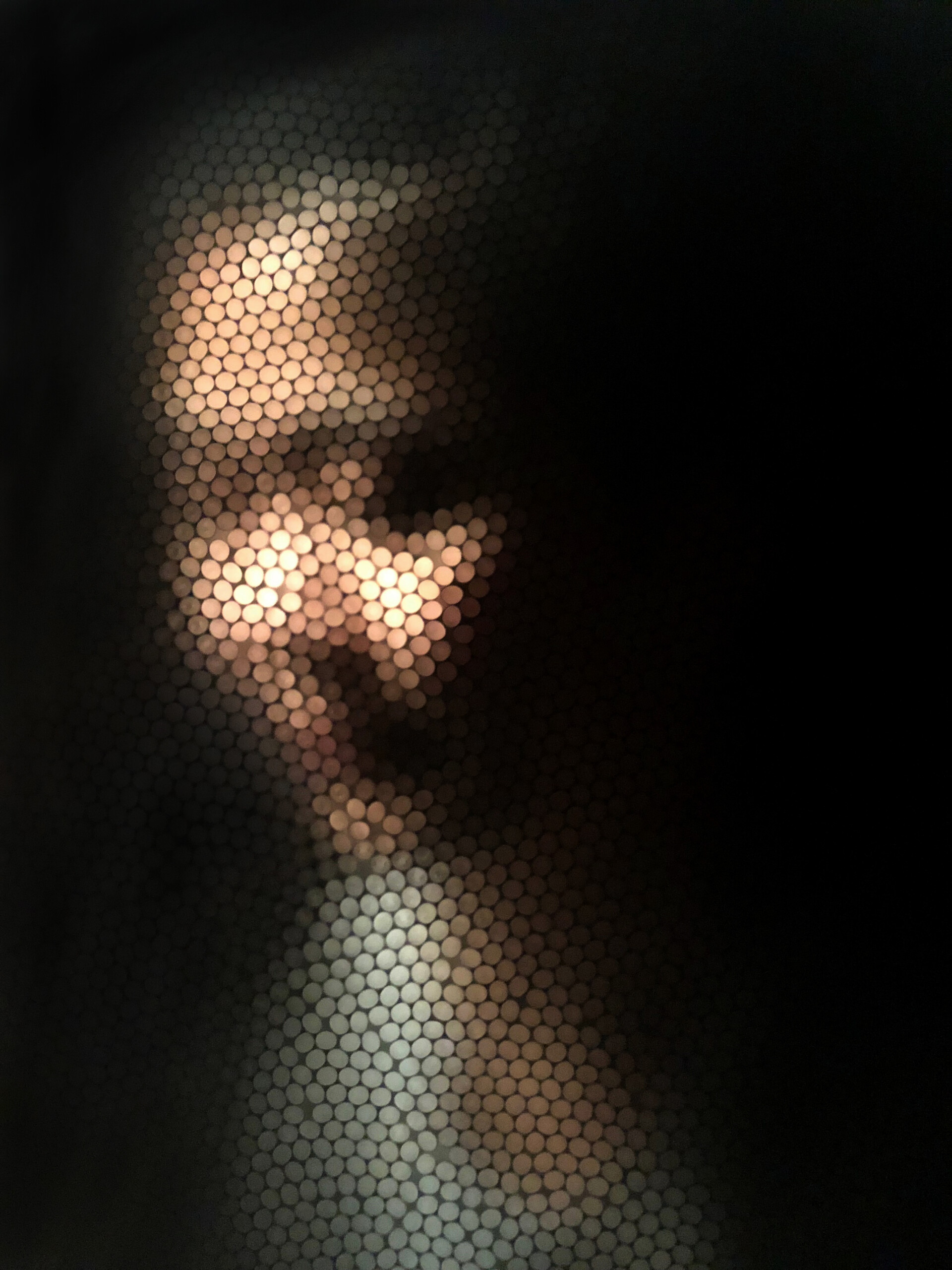
-Your work often captures the essence of a moment. Could you elaborate on how time, memory, and impermanence play a part in shaping your creative expression?
I have developed a concept in my mind that I exist in the present, past and future simultaneously. What changes is my relationship between those states as time passes. It’s a bit dream-like. I have a relationship between my current place and state, and a place and state in the future. I hold it in my mind and consider the everchanging relative interactions between present and future place and state in the passing of time. These interactions are projections, as they relate to the future, in the impermanence of the present. I see durations continue to shorten as the present moment approaches a moment in the future. The past is always present and ever-evolving, as each present moment continually becomes a past moment. In the context of these ever-changing relationships between places and states, we make choices about what we do. The thinking, for me, happens pretty spontaneously. I make plans, but then they change. Then the choices I make happen spontaneously in passing moments based on instinct and experience, which exists in memory. The way I approach making an image or sculpture is a function of the moment in which I act on it. It will most likely be different depending on when I do the making. That’s how I think of it. It’s a very interesting and complicated question, that I appreciate the opportunity of having to think about and answer.
I don’t use the word capture because I don’t possess anything I make. It’s always a collaboration between imagination, materials and the passing moments. I had a large show in March and I remember sitting just outside the 1st floor of the two story gallery, after having hung the show the day before. There were 91 pieces I had made from eight bodies of work inside, and I had this sense: how did this happen? It’s like it just came through me. I don’t really understand how that show happened or how the making of things happens. It just does.
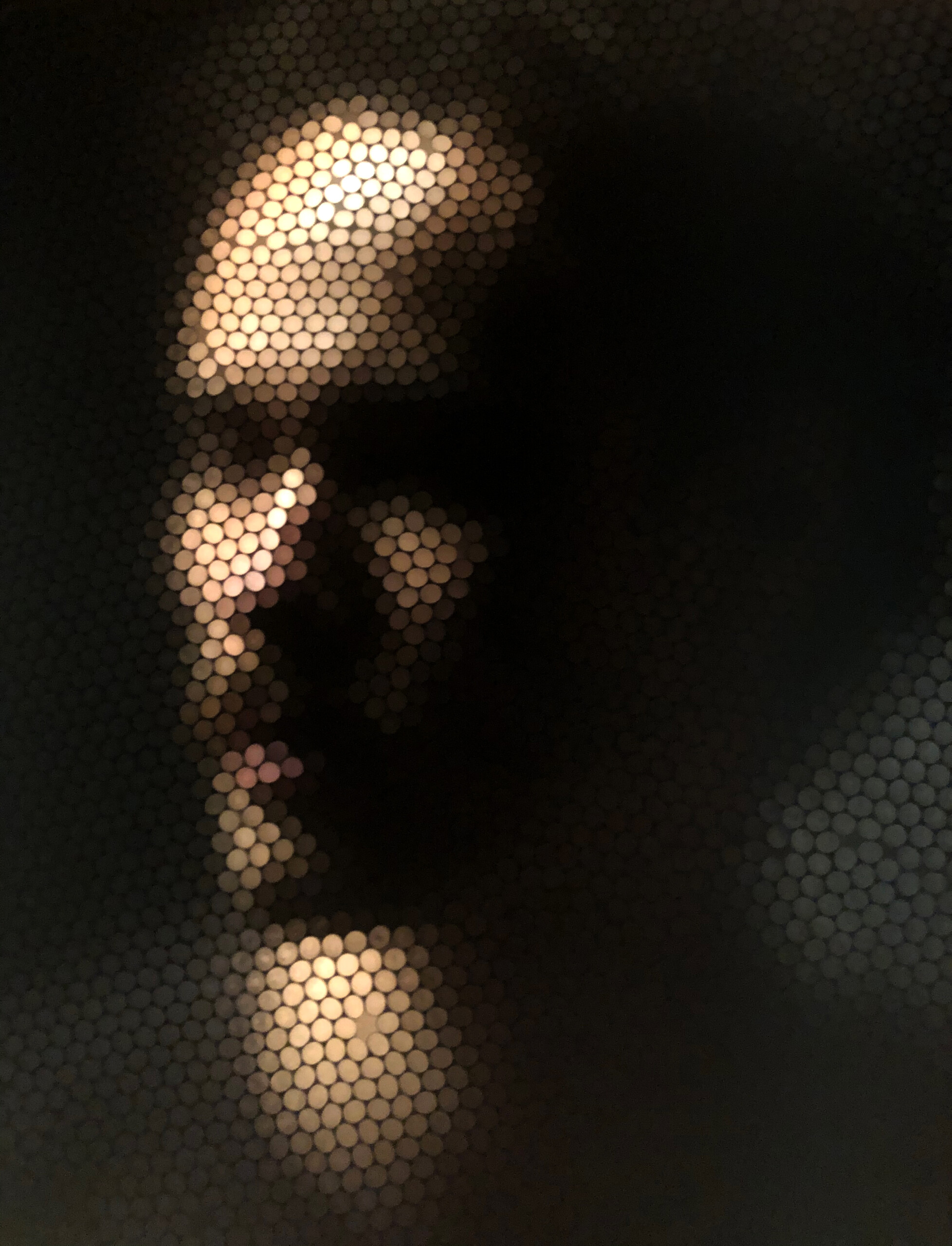
-What’s the best way for someone to check out your work and provide support?
My work can be seen on my website: www.makerjim.com . There is a link in there to what I call my Show File, which are images and videos documenting the show I had at Gala Art Center in College Point, Queens, NY this past March, 2023, consisting of 91 pieces from 8 bodies of work, called Samples of Several Bodies II. This is the most comprehensive single presentation of my work to date.
On Instagram I post the work that I show in galleries @makerjimshows. Then, most days, I do a spontaneous paring of images I’ve made with the words of poets and thinkers I like @makerjim. I enjoy these posts a lot, as I am always learning about new poets or poems, or just enjoying reading the amazing thoughts of very smart and creative people. I like to share these things. Sometimes the words I find tell me what the image I’m sharing is about. It’s really fun!
Statement
I am a photographer, sculptor and paper-maker looking at everything that seems magical and produces in me a sense of wonder. I live, work and make things in New York and New Jersey. In 2018, a friend mentioned that his son was making a straw camera. I asked: What’s a straw camera? He showed me a picture. I looked it up, did some research, bought 4000 straws (I guessed) went to my studio and made one. I use the straw camera as a projector. It is a visual projection device through which an image is broken into 4000 parts, transported from one place to another, and then reassembled in the mind of the viewer. It is in this disassembly and reassembly that no small bit of magic takes place, and previously unknown truths about the image are revealed. All human beings have multiple aspects, or shades of character. This is what is discovered in the straw camera. I didn’t know this, could not have known it, until I made and used it. I am very grateful to my friend and his son for making it possible for me to make this discovery, which I am so pleased to share with you. So Many Thanks to Amy Matteson Neill for her interest in this work, and for her years of support of my work, in general.
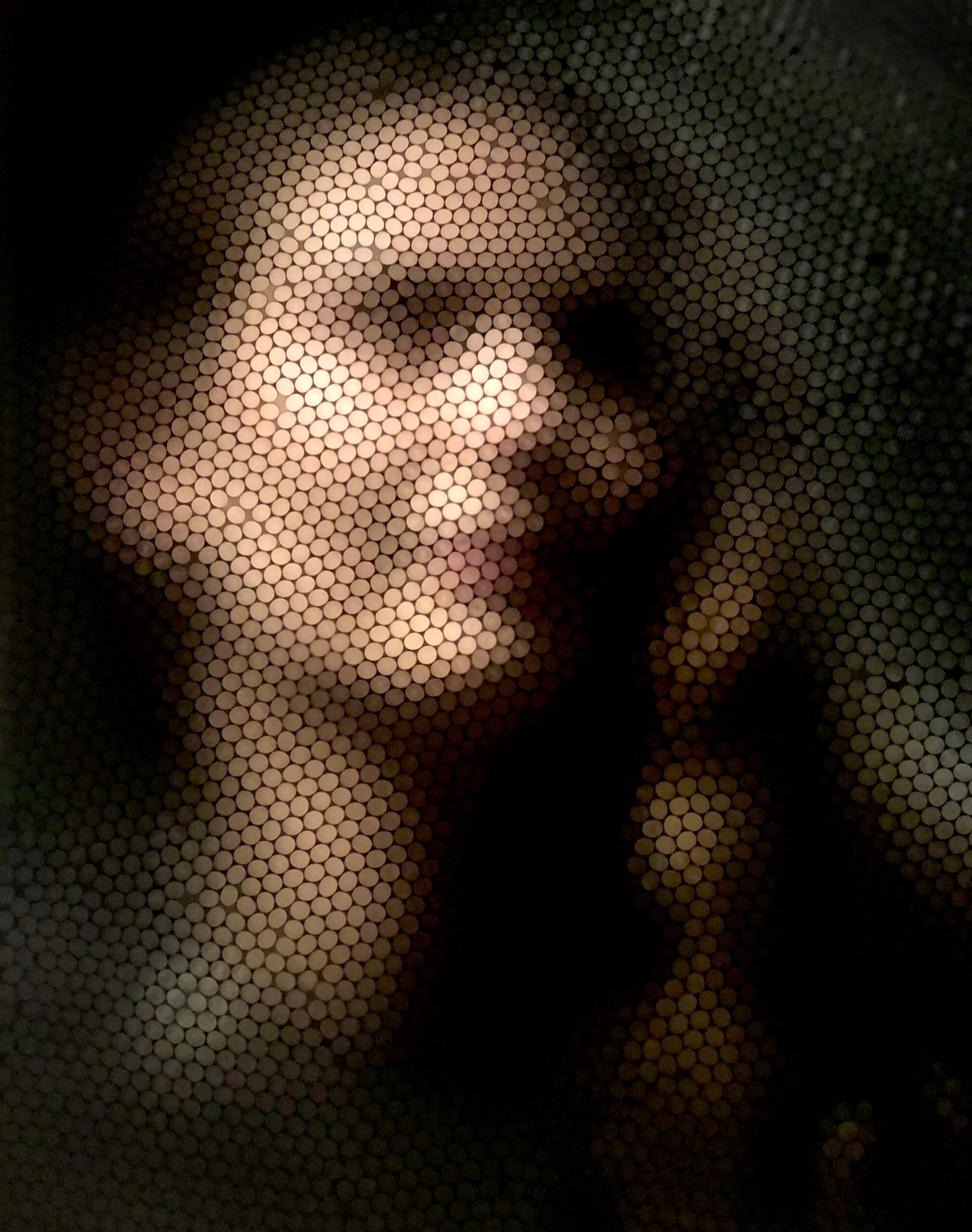
Bio
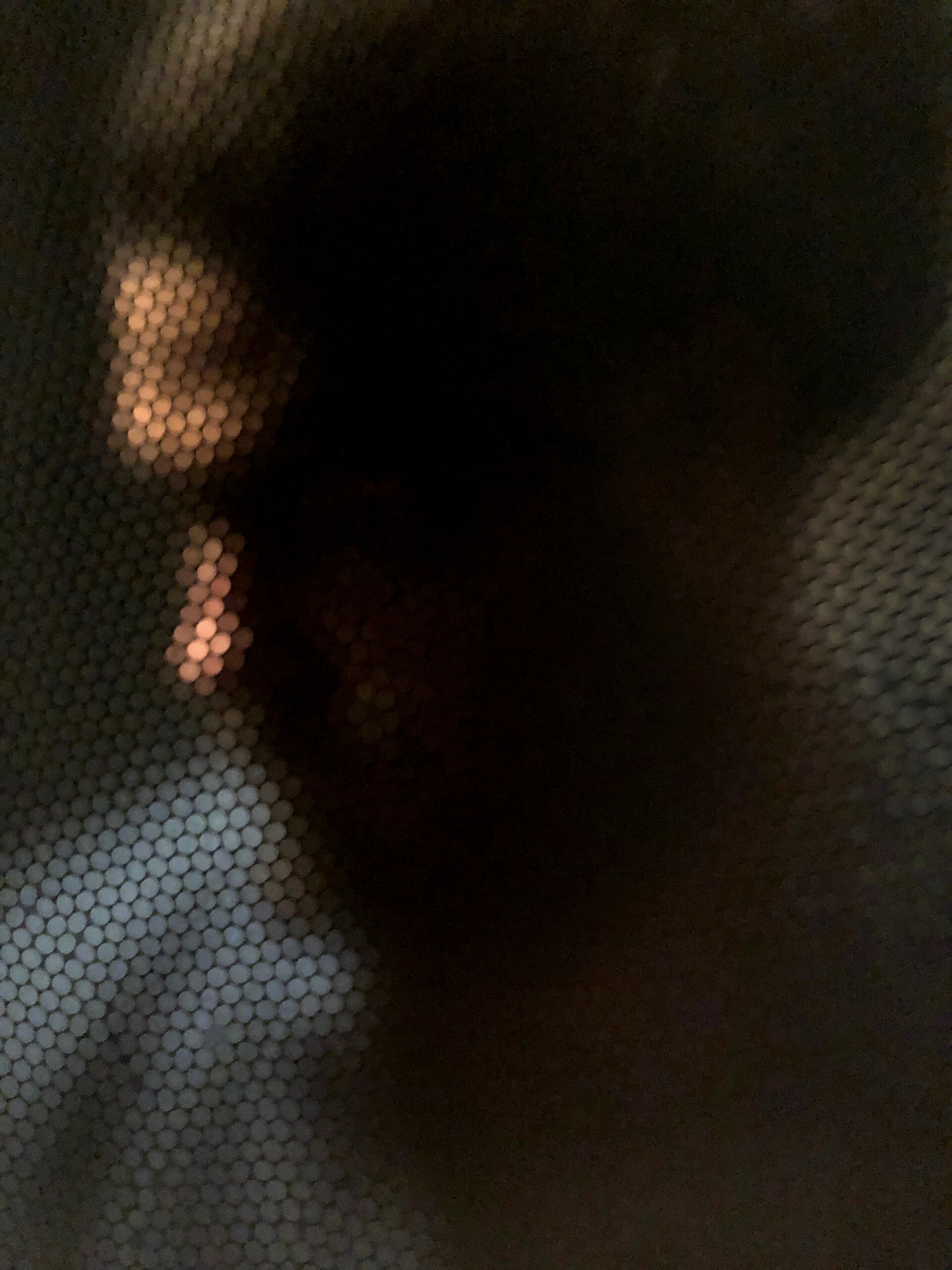
Jim Richards is a photographer and sculptor living in New York City. He was born in Fairfield CT and raised under the heavy weight of deeply held racist white Christian beliefs. The stultification of all that conventional thinking nurtured a desire to see the world in non-conventional ways. Developing an interest in filmmaking in college, he began to explore new ways of expression, eventually finding a home in experimental filmmaking and animation. This interest distilled down to a focus on the still image. His additional interest in sculpture led him to put his images on unconventional media like wood, copper, glass, vegetables and razor blades, which he did using liquid emulsion. In the 1990’s he found the Penland School of Craft where he studied Photography, Woodworking and Small Metal Work. In 2014 he studied 3-D Sculptural Papermaking at the Women’s Studio Workshop. As an image book maker, this fit right into the menagerie of interests in his world of making. Currently he focuses mostly on sculptural ways to display images and shows work in physical and virtual galleries around the country and locally. He is preparing for a large solo retrospective show in March of 2023 in Queens, NY.
